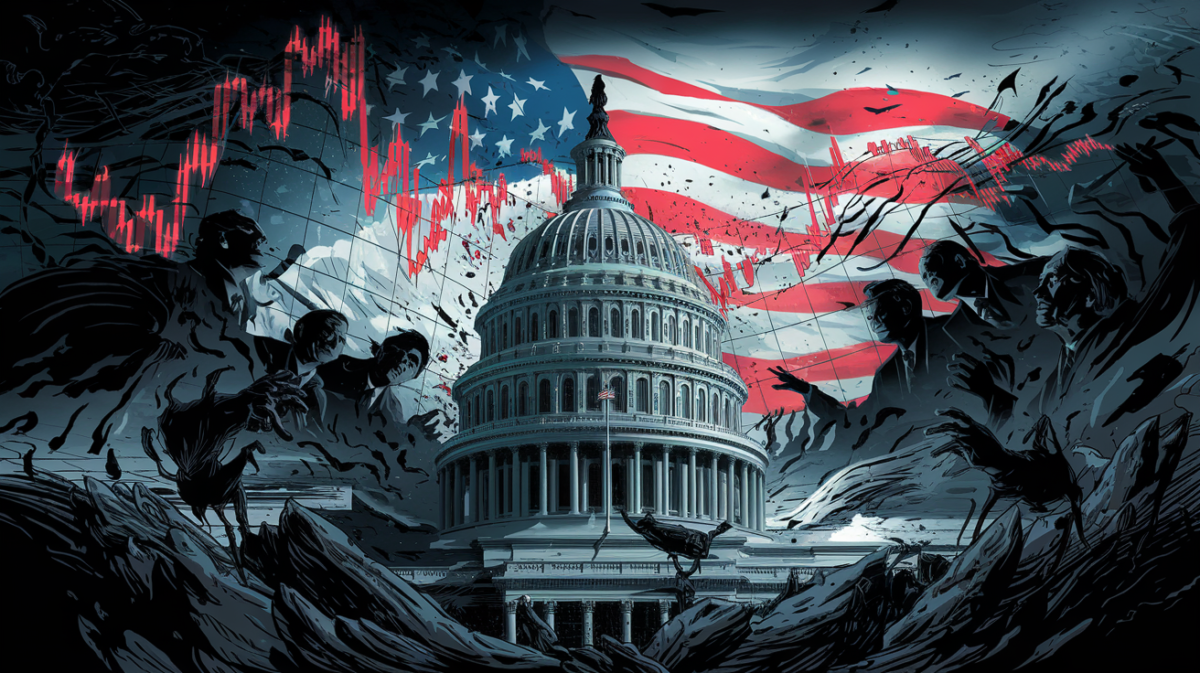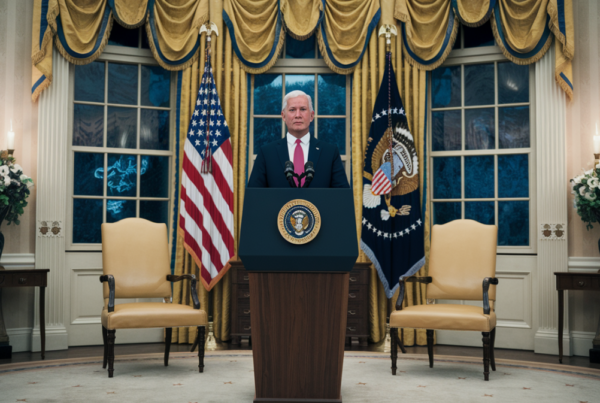Introduction
In April 2025, the U.S. Treasury market, a cornerstone of global finance, faced unprecedented volatility. The turmoil was triggered by former President Donald Trump’s aggressive trade policies, which sent shockwaves through financial markets. This article explores the events that nearly led to a crisis and how the market narrowly avoided collapse.
The ‘Trump Trade’ and Its Immediate Impact
On April 2, 2025, President Trump unveiled a sweeping tariff strategy dubbed “Liberation Day.” The policy included:
- 10% Baseline Tariff: Applied to imports from all countries except Canada and Mexico, effective April 5, 2025.
- Reciprocal Tariffs: Higher duties targeting 60 countries accused of unfair trade practices, set to begin on April 9, 2025.
The announcement sparked immediate market reactions. Investors, wary of the potential for trade wars and economic instability, began offloading Treasury bonds, causing yields to spike and prices to plummet.
Market Volatility and Treasury Sell-Off
The tariff announcement sent ripples across financial markets:
- The S&P 500 Index dropped sharply, losing 274 points (4.88%) on April 3, 2025.
- Treasury yields surged as demand for safe-haven assets wavered.
The sell-off in Treasuries was particularly alarming given their role as a benchmark for global borrowing costs. A collapse in this market could have destabilized the entire financial system.
The Role of the Repo Market in Stabilizing the Crisis
Despite the chaos, the Treasury repo market—a critical mechanism for short-term funding—proved resilient. Key factors included:
- Federal Reserve Interventions: The Fed’s Standing Repo Facility (SRF) and Overnight Reverse Repo (ON RRP) system provided much-needed liquidity.
- Market Confidence: These tools reassured investors that the Fed would backstop the market, preventing a full-blown crisis.
The repo market’s stability was a stark contrast to the panic seen during the 2020 pandemic, highlighting the Fed’s improved crisis management capabilities.
Public Reaction and Economic Concerns
The tariff policies sparked widespread debate:
- Online forums like Reddit buzzed with discussions about potential inflation and higher consumer prices.
- Experts warned of long-term damage to global trade relationships.
While some praised the policies as a bold move to protect U.S. industries, others feared they would backfire, harming the very economy they aimed to strengthen.
Comparing the 2025 Turmoil to Past Market Crises
| Event | Trigger | Market Response | Fed Intervention |
|---|---|---|---|
| 2025 Treasury Turmoil | Trump’s tariff policies | Sharp sell-off in Treasuries | SRF and ON RRP |
| 2020 Pandemic Crisis | COVID-19 lockdowns | Liquidity freeze | Quantitative easing |
| 2008 Financial Crisis | Subprime mortgage collapse | Bank failures | TARP and bailouts |
Conclusion
The April 2025 Treasury market turmoil underscored the delicate interplay between trade policies and financial stability. While the Fed’s swift actions averted disaster, the episode serves as a cautionary tale about the risks of aggressive economic measures. As global markets continue to adapt, the lessons from this near-crisis will likely shape policy discussions for years to come.







